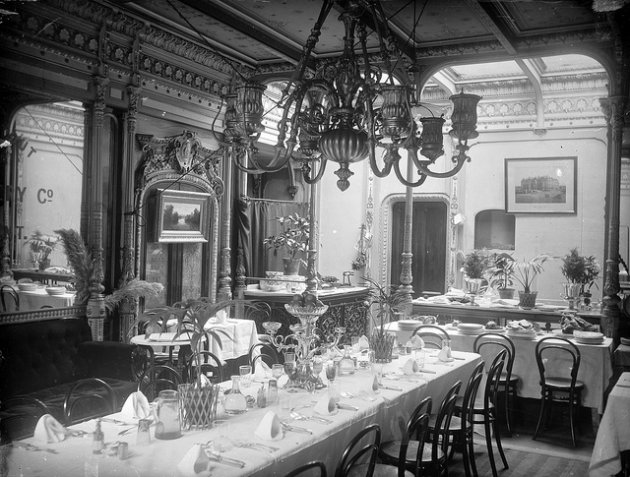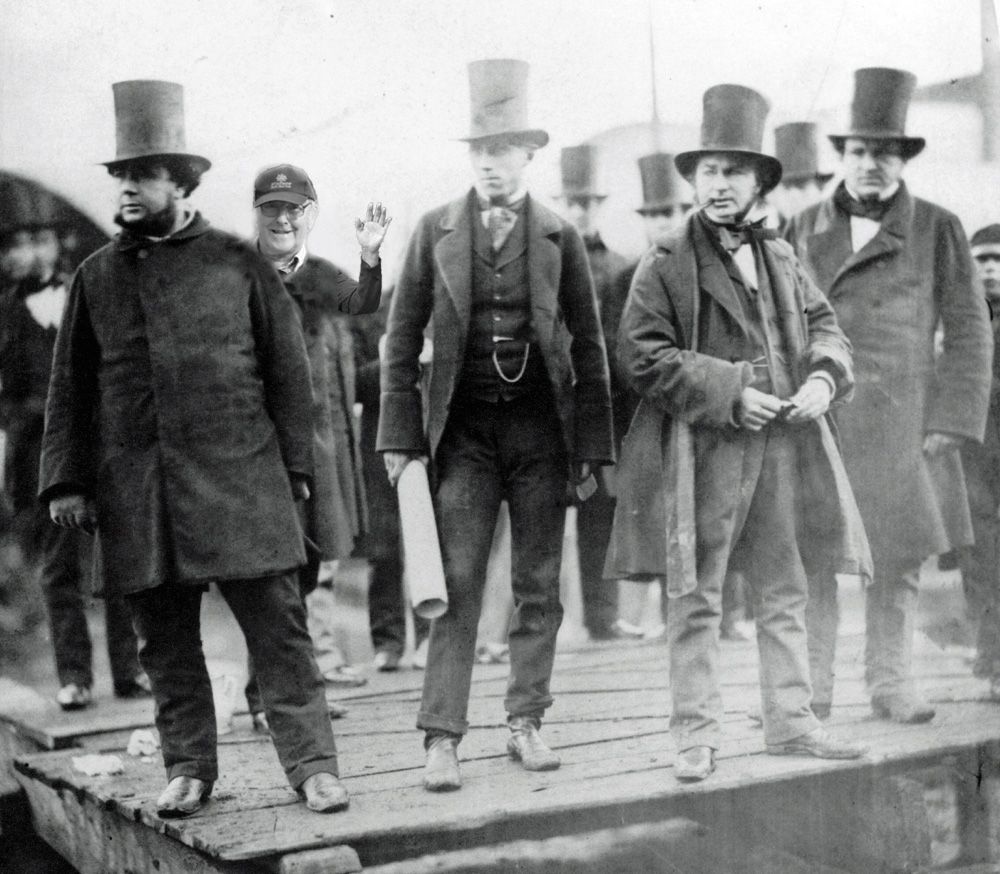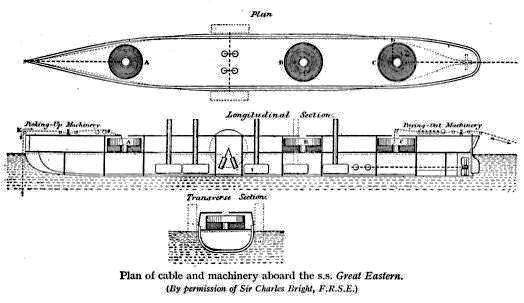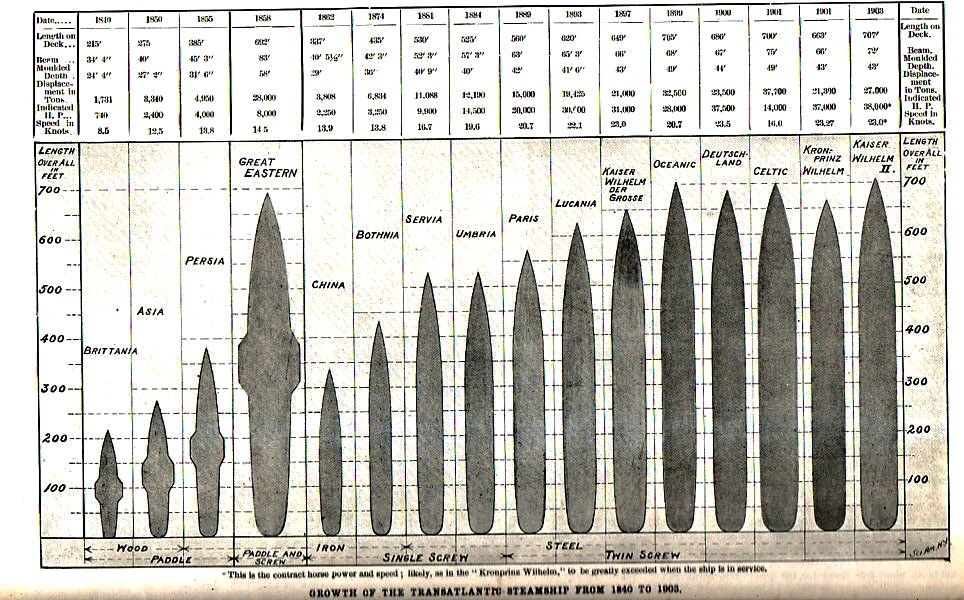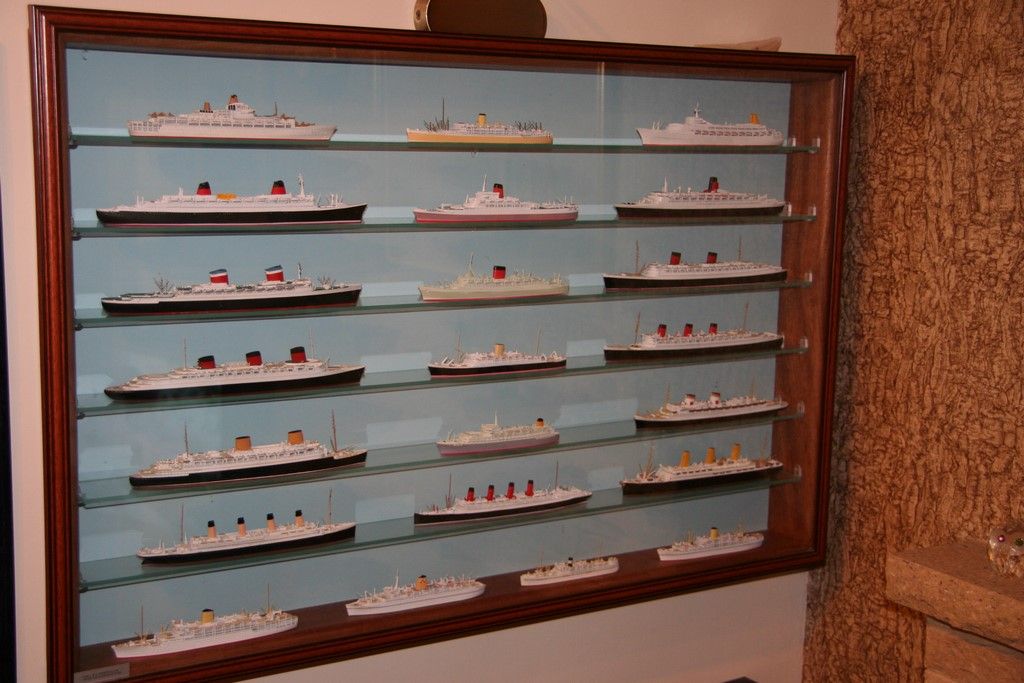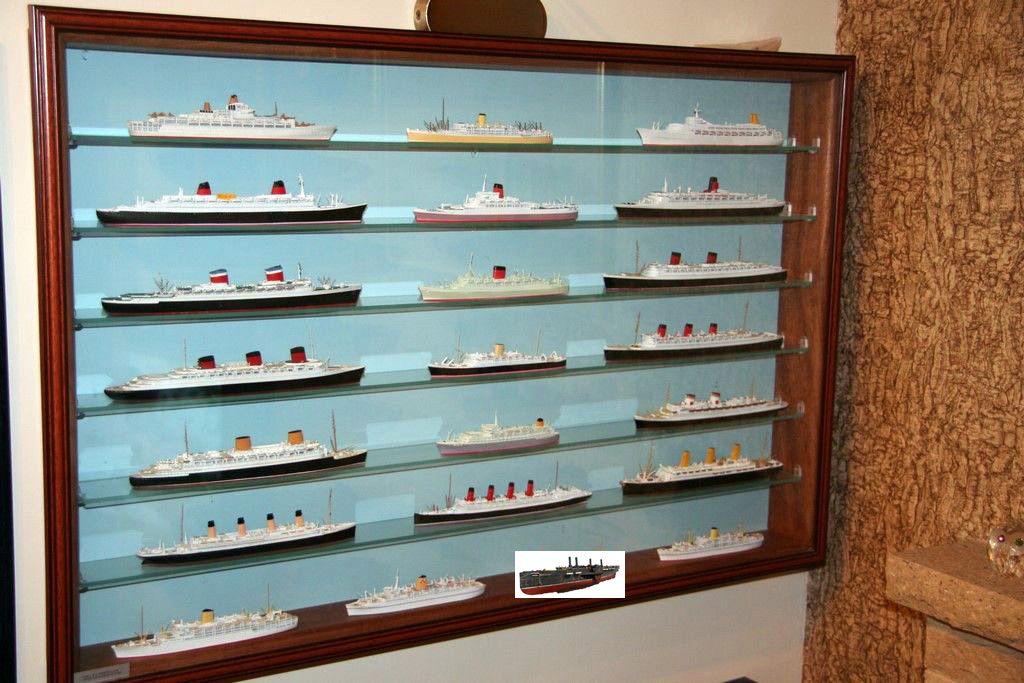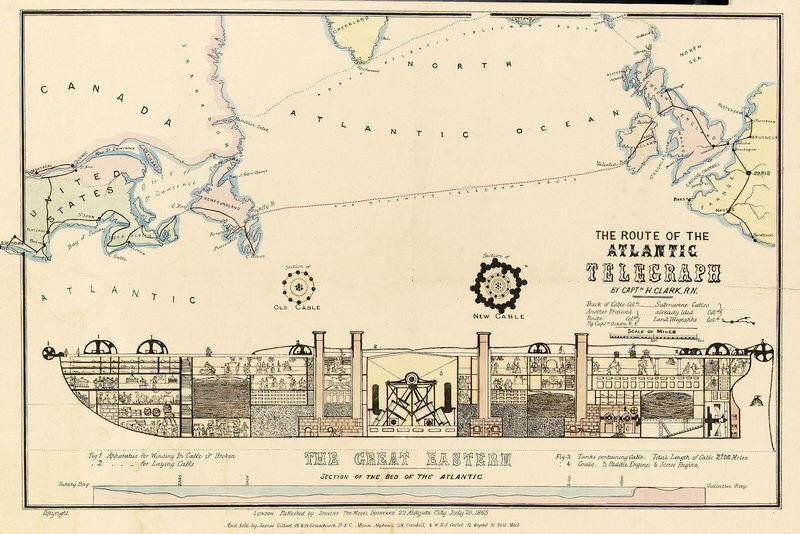Bob
History is very clear about S.J.Russell and his poor business dealings.
Brunel entered into a partnership with Russell to build the GE but unknown to Brunel Russell was in financial difficulties. The two men disagreed on many details mainly because Russell was on a fixed price contract to build the GE and Brunel was demanding higher quality materials that Russell hadn't allowed for (although the material and construction standards were clearly laid out in the original specification)
In 1852 Russell's shipyard was devastated by fire but was only partially covered by insurance. The yard closed. In the same year David Napier's yard at Millwall closed because of competition from the Clyde yards. Part of the yard was later let to Russell for the building of the GE
The GE keel was laid down on May 1.1854
During1856 Russell had several fixed-price contracts for warships and these together with another fire, added to his financial problems; his shipyard, like several other Thames builders, failed in February 1856. He remained in charge of building the Great Eastern under a new contract.
History records that Russell was in serious financial trouble with the other builds and had been syphoning off materials from the GE in an attempt to complete these other projects. Brunel suspected a problem and undertook a snap audit which revealed the extent of the misappropriation.
Brunel took over all of the management functions.
Russell was a bad business man but a brilliant engineer and scientist, he was the author of The Modern System of Naval Architecture and designed HMS Warrior, he also theorised in the field of fluid dynamics and the 'Wave of Transition' which is now called the Russell Solitary Wave is the basis of most modern fluid dynamic work.
In point of fact the bow design of the VGC is a direct result of Russells pioneering work.
Paul






